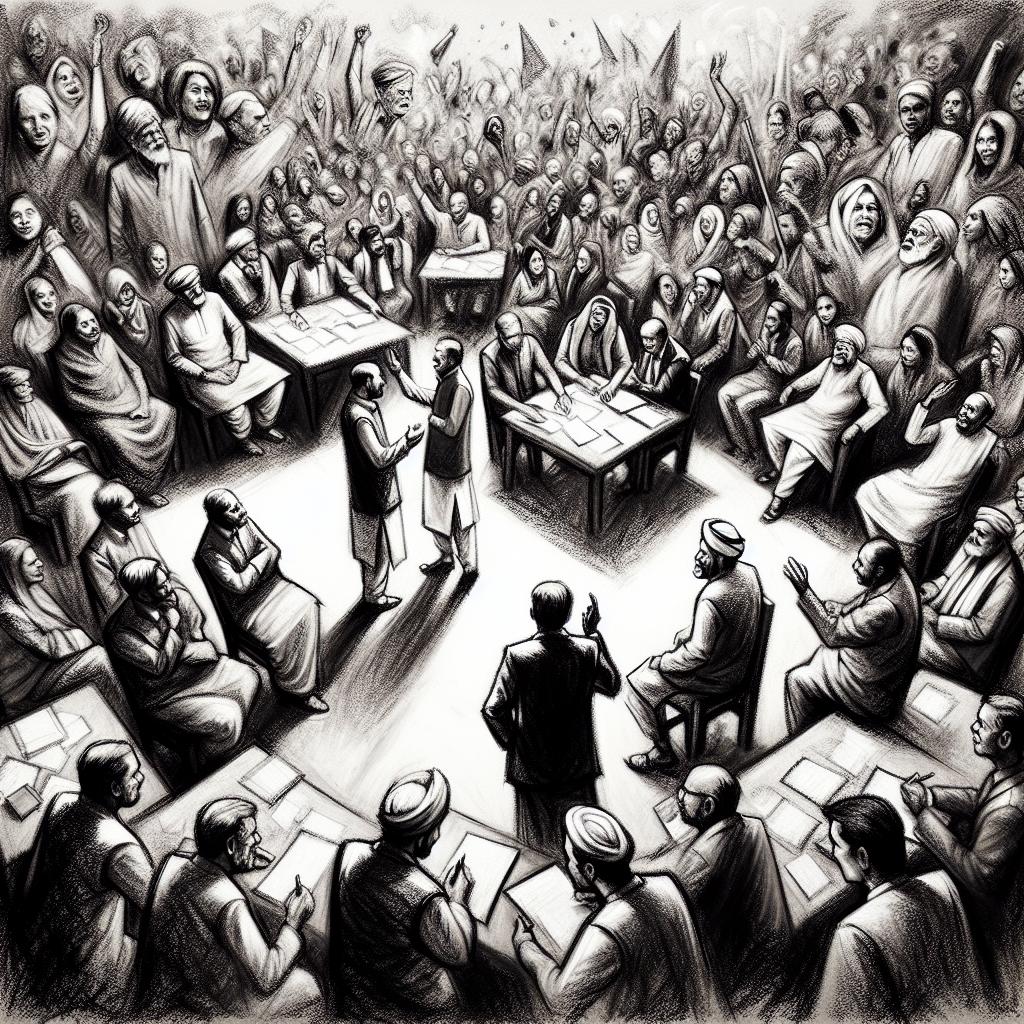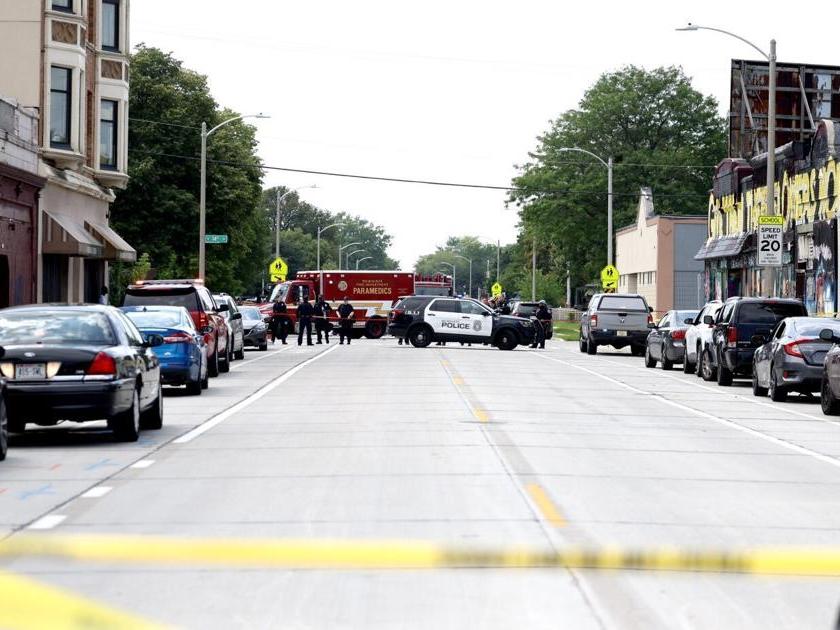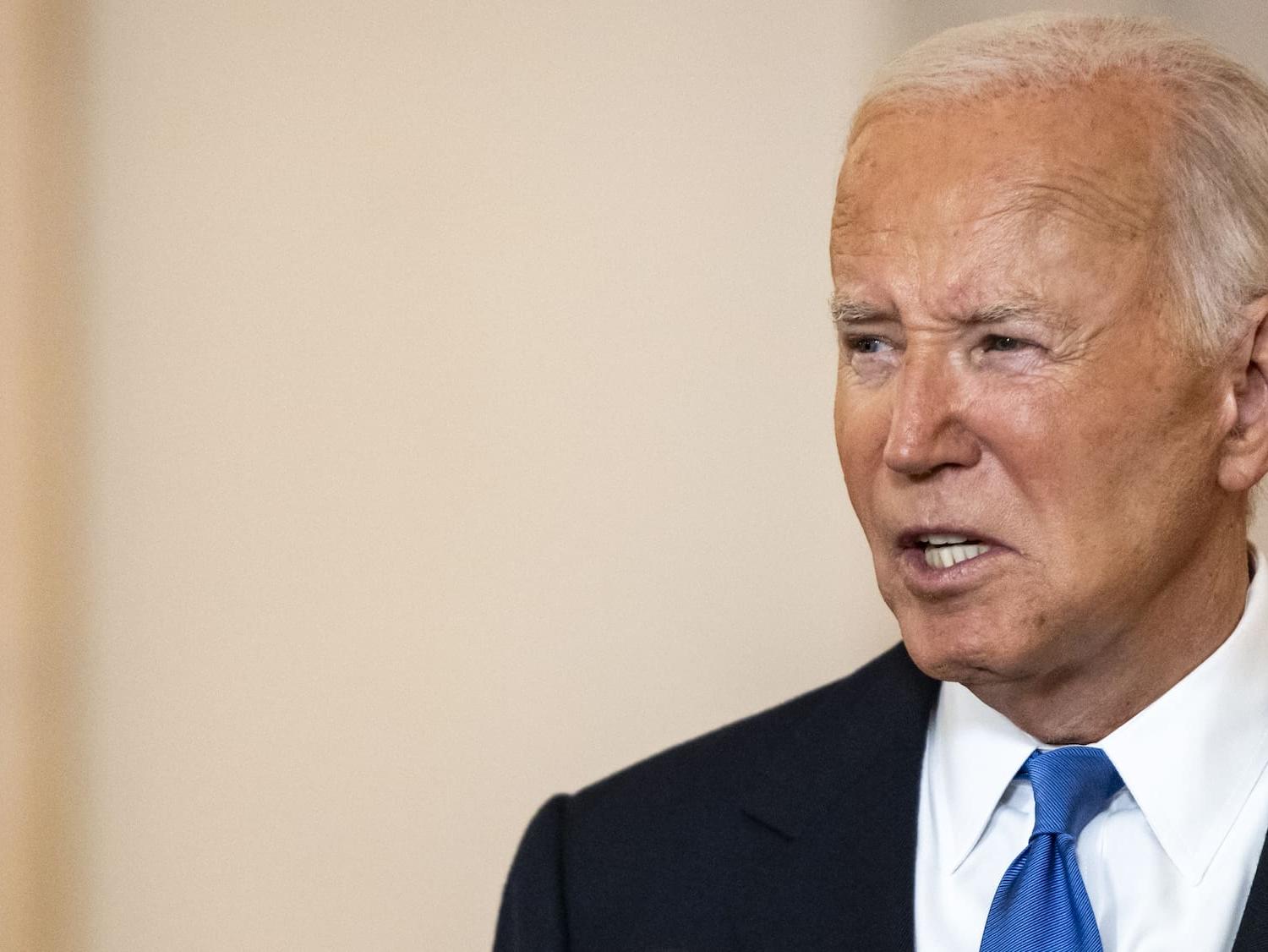Prime Minister Narendra Modi’s Bharatiya Janata Party (BJP) emerged victorious in the Indian general elections but fell short of the 272-seat majority required to govern alone. With an estimated 240 seats, the BJP will need to form a coalition with its National Democratic Alliance (NDA) partners, who together have secured 285 seats. The opposition, led by the Congress party, has made significant gains, winning approximately 230 seats, with Rahul Gandhi re-elected by a substantial margin and the Congress party doubling its seat count from 52 in 2019 to 99 . Modi has been re-elected from the Varanasi constituency, and while the BJP’s lead in Uttar Pradesh has diminished, it still expects to form the government. The opposition has criticized Modi’s economic policies and accused him of favoring the Hindu majority at the expense of minority groups. Despite the challenges, Modi has declared victory and claimed a mandate to push forward with his development agenda. The results have prompted both coalitions to call emergency meetings to strategize for the coming weeks.
Key points
- BJP wins Indian general elections but requires coalition to form government, with around 240 seats won.
- Congress party makes significant gains, doubling its seats from the previous election.
- Narendra Modi re-elected from Varanasi, claims mandate despite reduced majority.
- Opposition criticizes Modi’s economic policies and divisive politics, claims moral victory.
Contradictions👾Some sources report the NDA winning 285 seats, while others indicate the BJP alone is leading in 240 seats.
👾Reports vary on the BJP’s final seat count, with some citing 238 seats and others 240.



